How should we relate to folk art today? Are local crafts important if we can get a good deal for practically anything at IKEA? Is it worth to focus on traditional objects, customs and cultural memorabilia we thought was long forgotten in the buzz of the 21st century? No matter whether we are within or outside the border, in the capital or in a town of only a few thousand inhabitants, we share common values, which should not be forced into contemporary design culture by simply copying them, but it may be worth to look at their heritage critically and from a fresh angle and to use them as inspiration. There is a road to revive the values of our past other than the chintzy folk art imitations. The designers presented in this part of our article series looked to answer the question of how we can direct our attention to tradition with the means of contemporary design.
Design is everywhere, may it be in a visual, physical, spatial, digital form or in the shape of an event. It is about our everyday objects, formal and technological experiments, about social responsibility, visual education, local values, modernity, processes triggering change and many other things that define our everydays, the image perceived of our environment and society at the same time. To showcase this, we hand-picked our favorites from the diploma projects of this year’s graduating designers of Hungarian art universities: Moholy-Nagy University of Art and Design, the Media and Design Department of the Visual Art Institute in Eger, Budapest Metropolitan University and the Institute of Applied Arts of the University of Sopron. Our Best of diploma 2020 article series will thematically present a group of the most exciting works of Hungarian designers each week.
Botond Csiby-Gindele – ROKOYA
(Visual Art Institute Eger)
Rokoya is already a fascinating project because its designer, Botond Csiby-Gingele started to develop the concept of a fashion brand as a graphic designer. The designer is committed to ensure that folk art motifs are not incorporated into contemporary visual culture without thorough consideration, as it could easily turn into kitsch. As a Transylvanian Hungarian, he focused on the folk clothing of the Székely communities in his diploma project, which indicated the social age and standing of the individual in a unique system back in the day. These items were unique, and with the expansion of slow fashion, we more and more shift towards folk practices, where it used to be traditional to make each clothing item in a sustainable manner. Botond Csiby-Gindele’s aim was not to copy the Székely motifs all together, but to create a set of modules with which we can generate one-of-a-kind patterns based on the logic of folk motifs. By selecting our age, size, the preferred Székely region and model, we can get customized women apparel through the website designed for the brand. Aranka Adelina Vass also cooperated in designing the clothes: as a result of their work together, the various pattern systems are demonstrated on four types of wearable clothing pieces with a clean design.
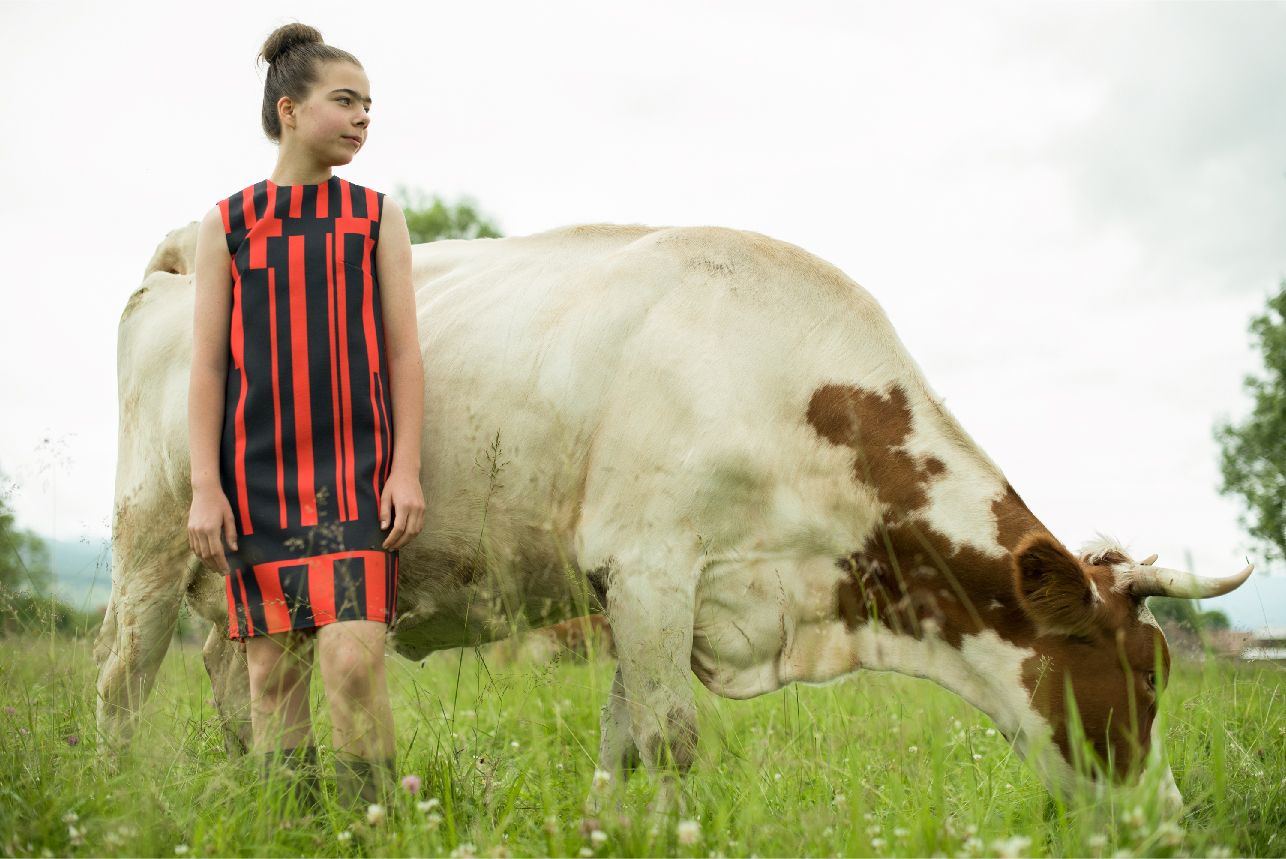
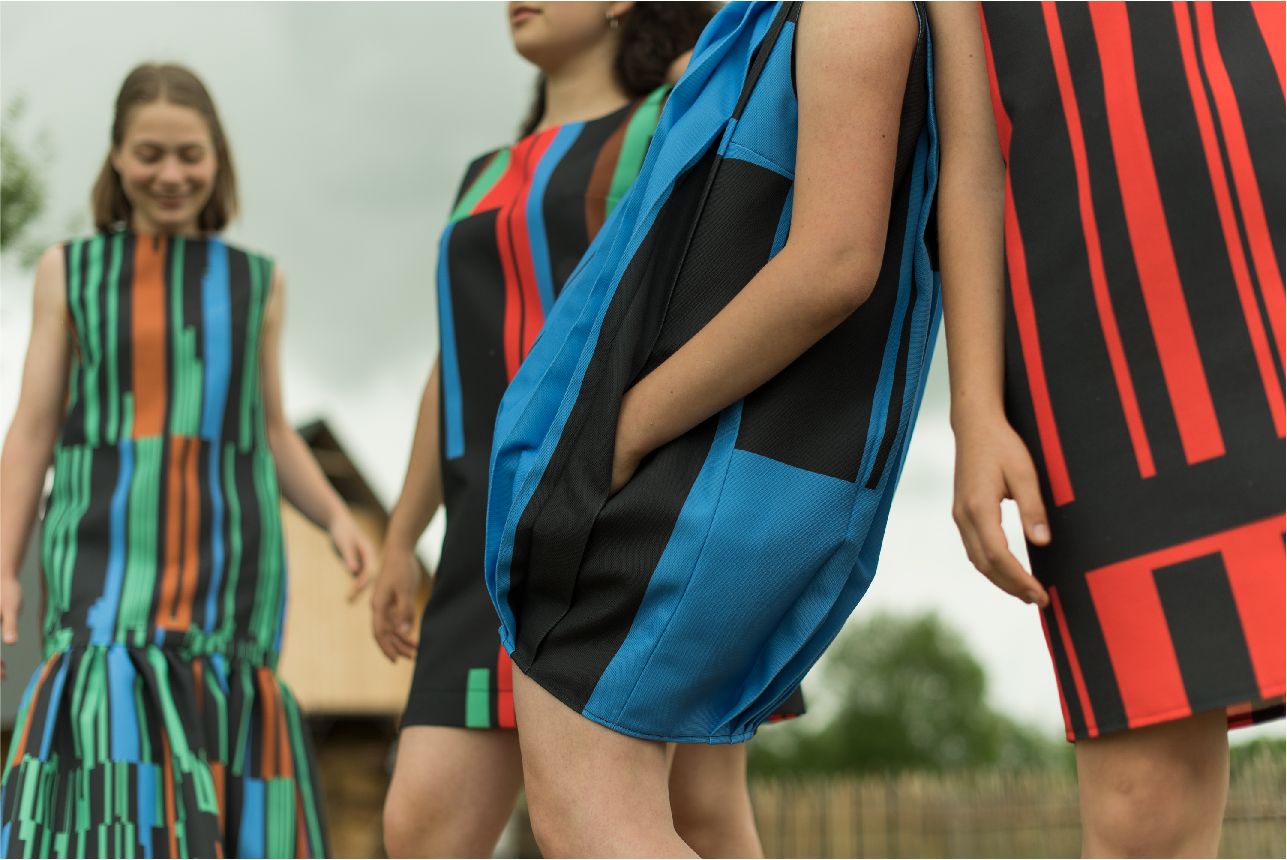

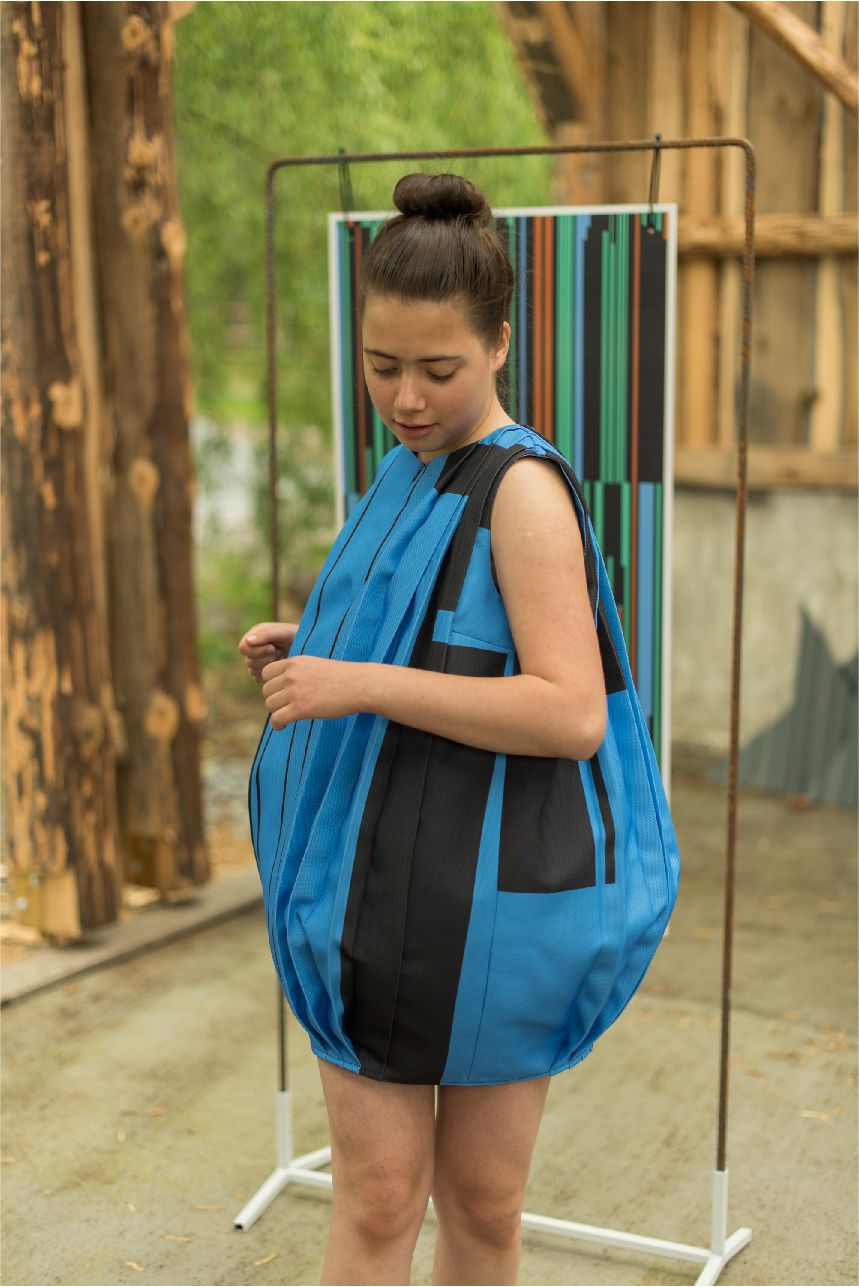
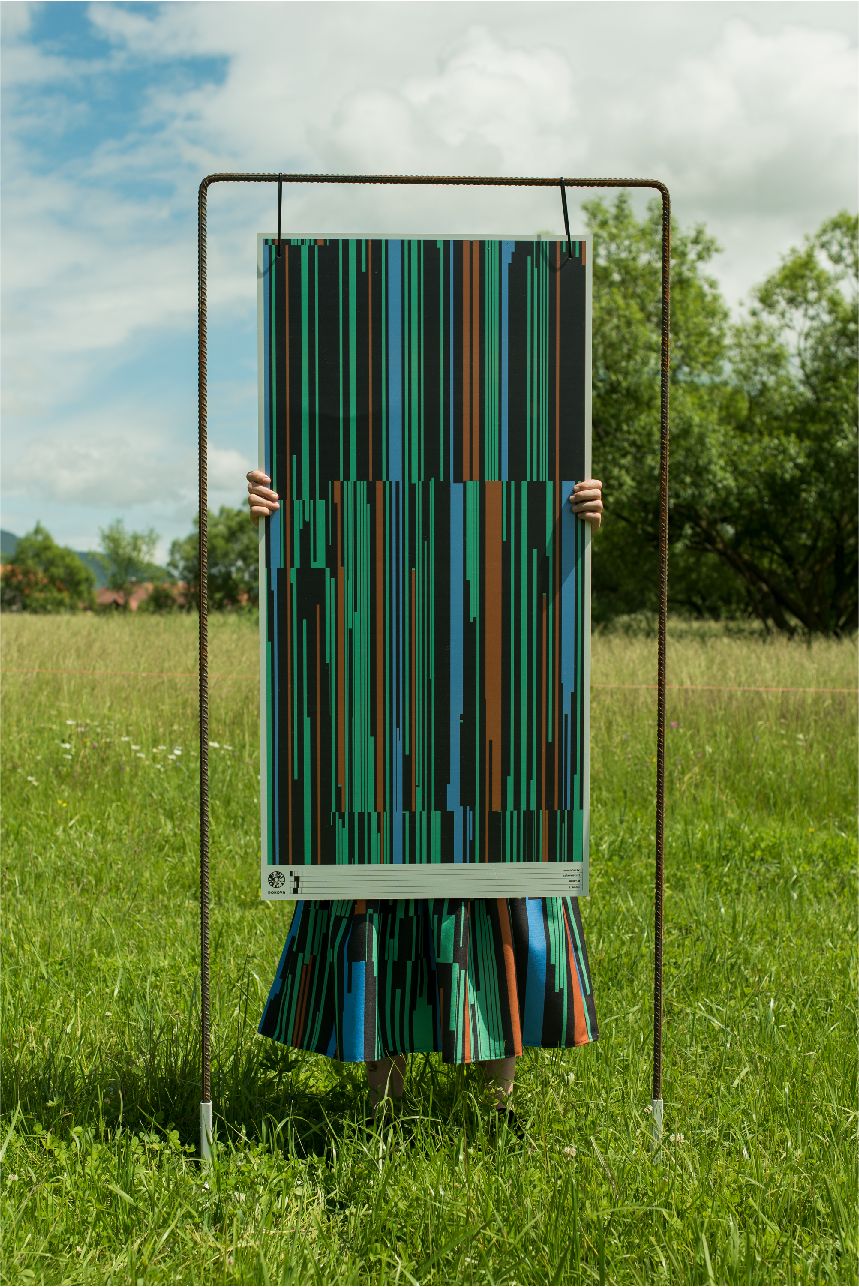

Botond Csiby-Gindele | Intagram | Behance | Web
Bálint Szalai – itthon.
(Moholy-Nagy University of Art and Design)
Many people leave the city of Ada in Vojvodina, the hometown of the designer, while the possibility to bring positive changes with the help of strengthening local values are given. The itthon. (home.) is the concept of a social design company that wishes to provide job opportunities to the professionals living there by relying on the crafts traditions of Ada. Bálint Szalai contacted craftsmen (potters, basket weavers, woodturners) who are open to the collaboration and would be willing to share their insights gladly with the designer perhaps already in the phase of looking for a shape. The aim of itthon. is to create a collaboration between designers and craftsmen, which may possibly build a strong community based on local expertise. This way, high quality and durable products can be manufactured that also bear the marks of the creators on them. An interesting element of the project is that the title of the permanent exhibition of Design Museum in London Designer Maker User accompanied the research phase as a sort of buzzword or motto, and led to questions including: what is the role of designers in a social business, who are the craftsmen that can work together, or what makes a living quarter homely from the perspective of users. The first collection of itthon. was inspired by the moderate sanity of peasants’ culture and the colors of the land. According to the plans, the products made with natural materials only will include a vase, a seating unit, a candle holder, a plate and also a rolling pin.
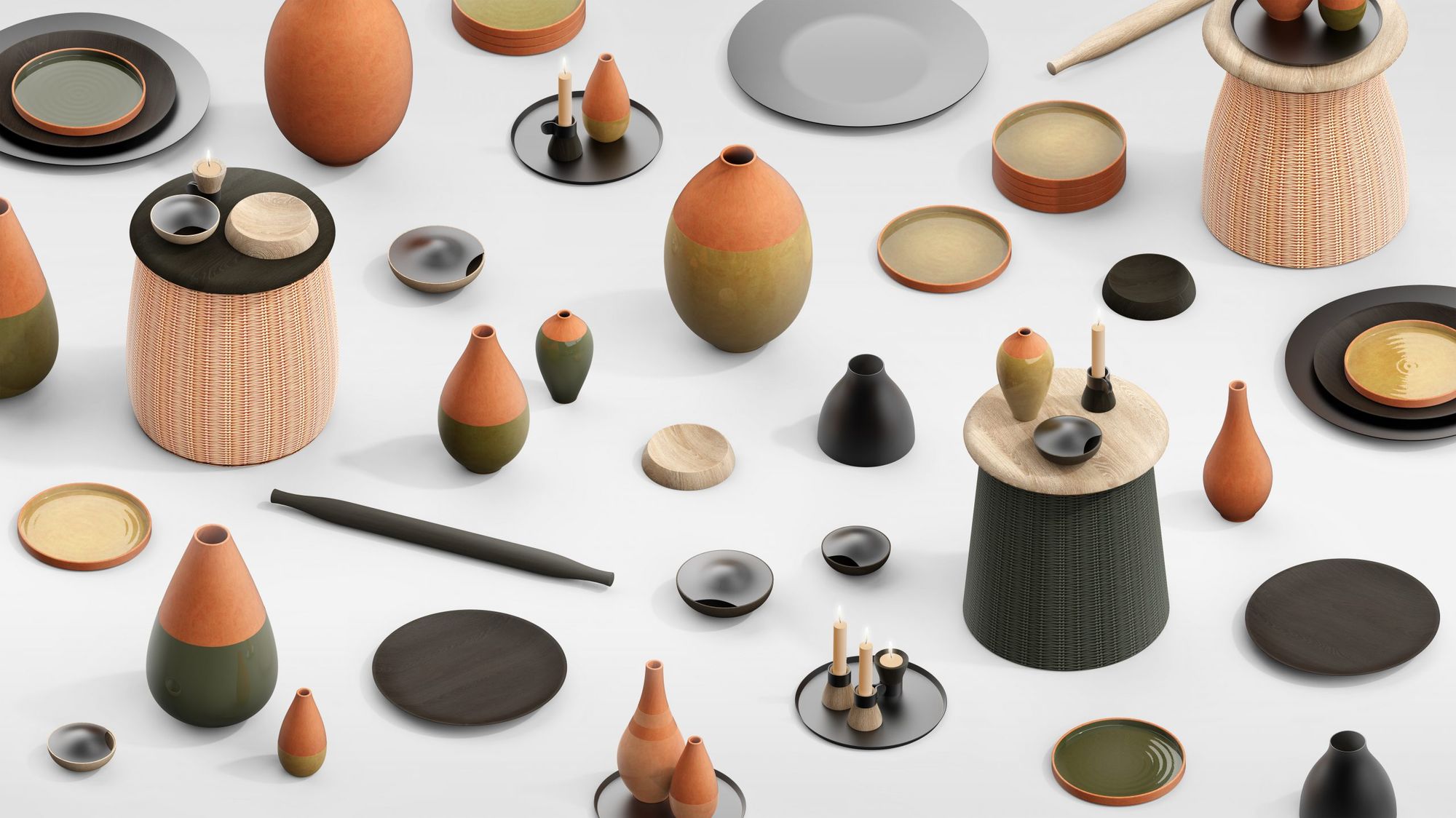
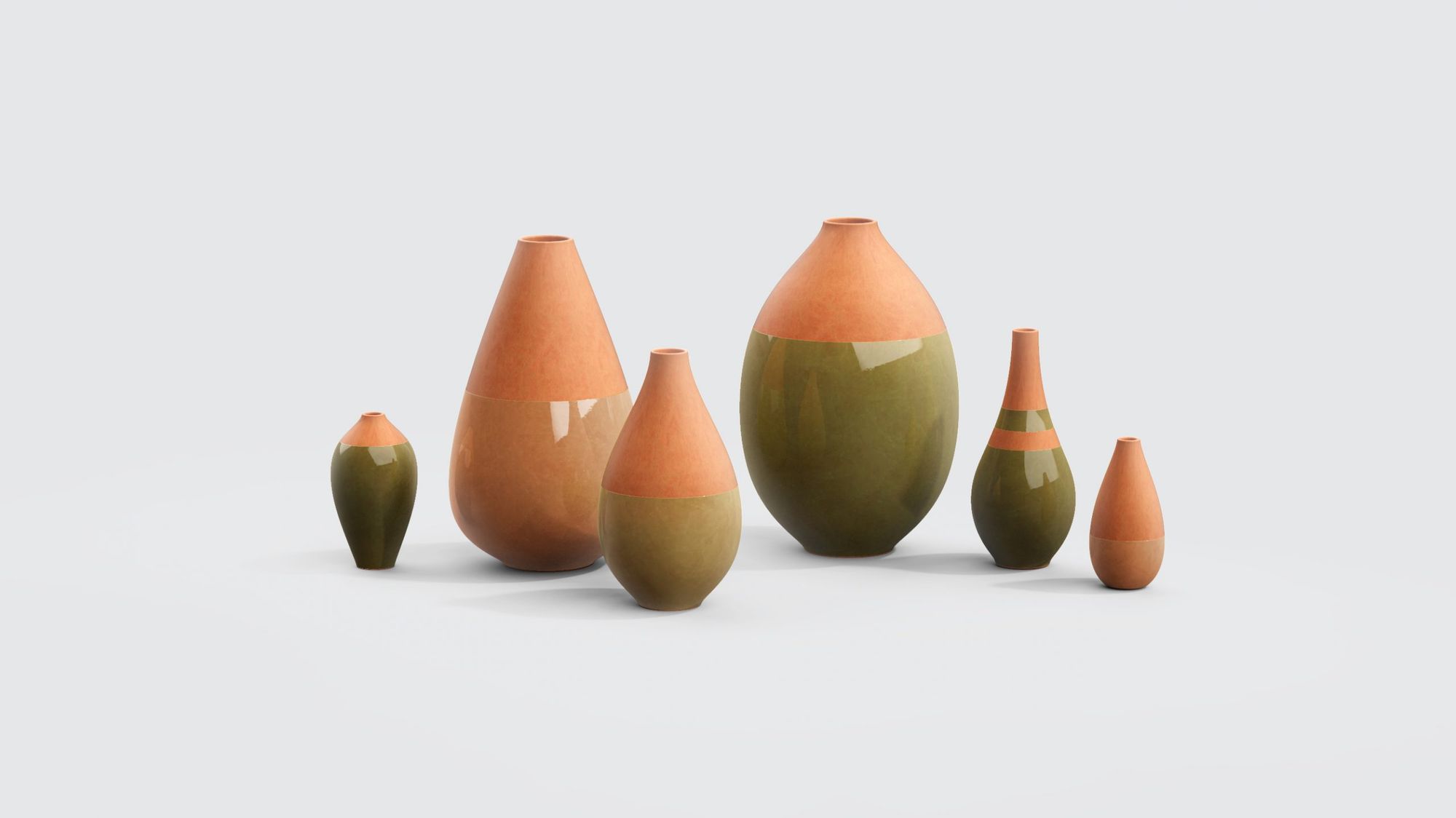
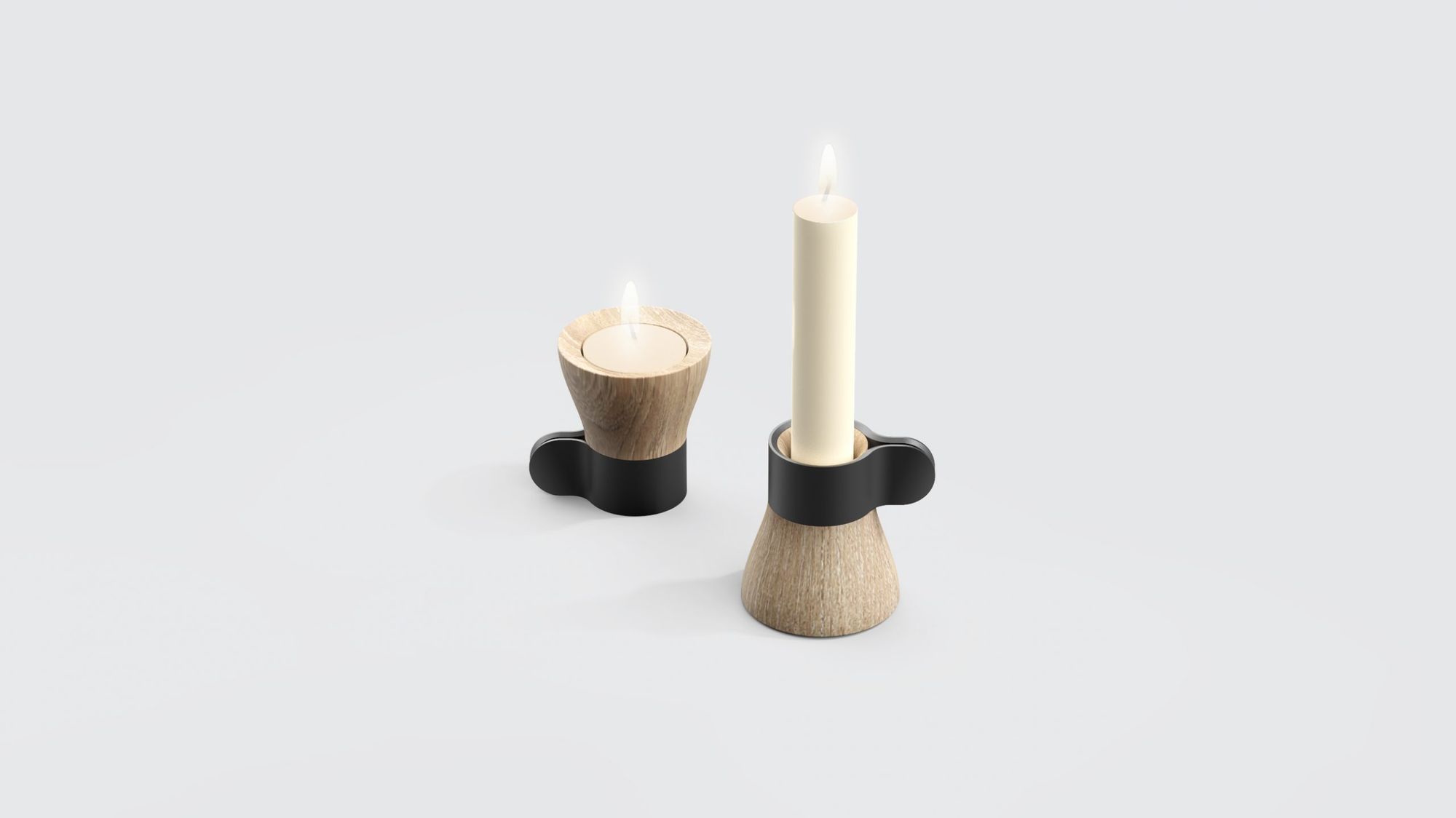
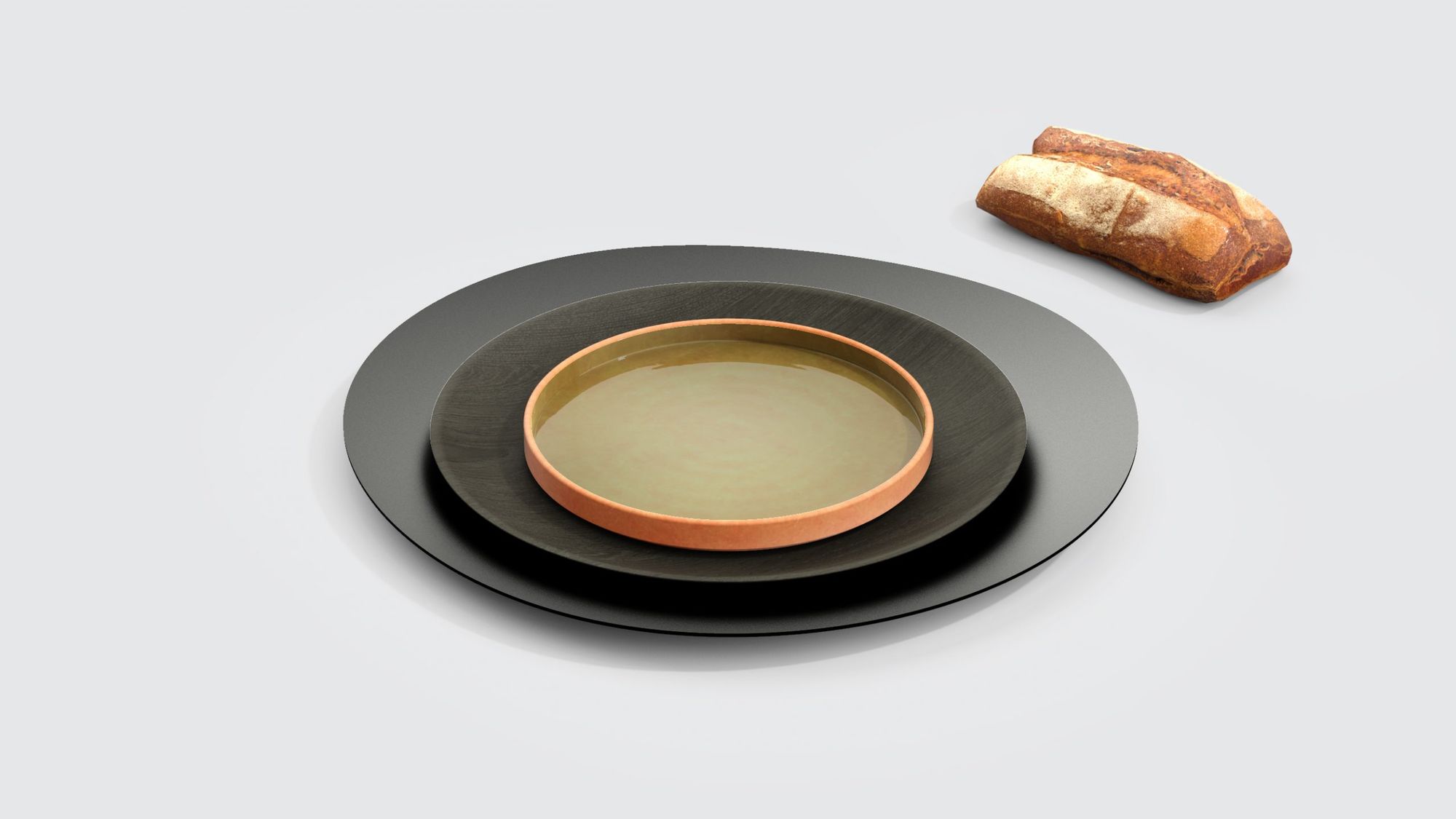
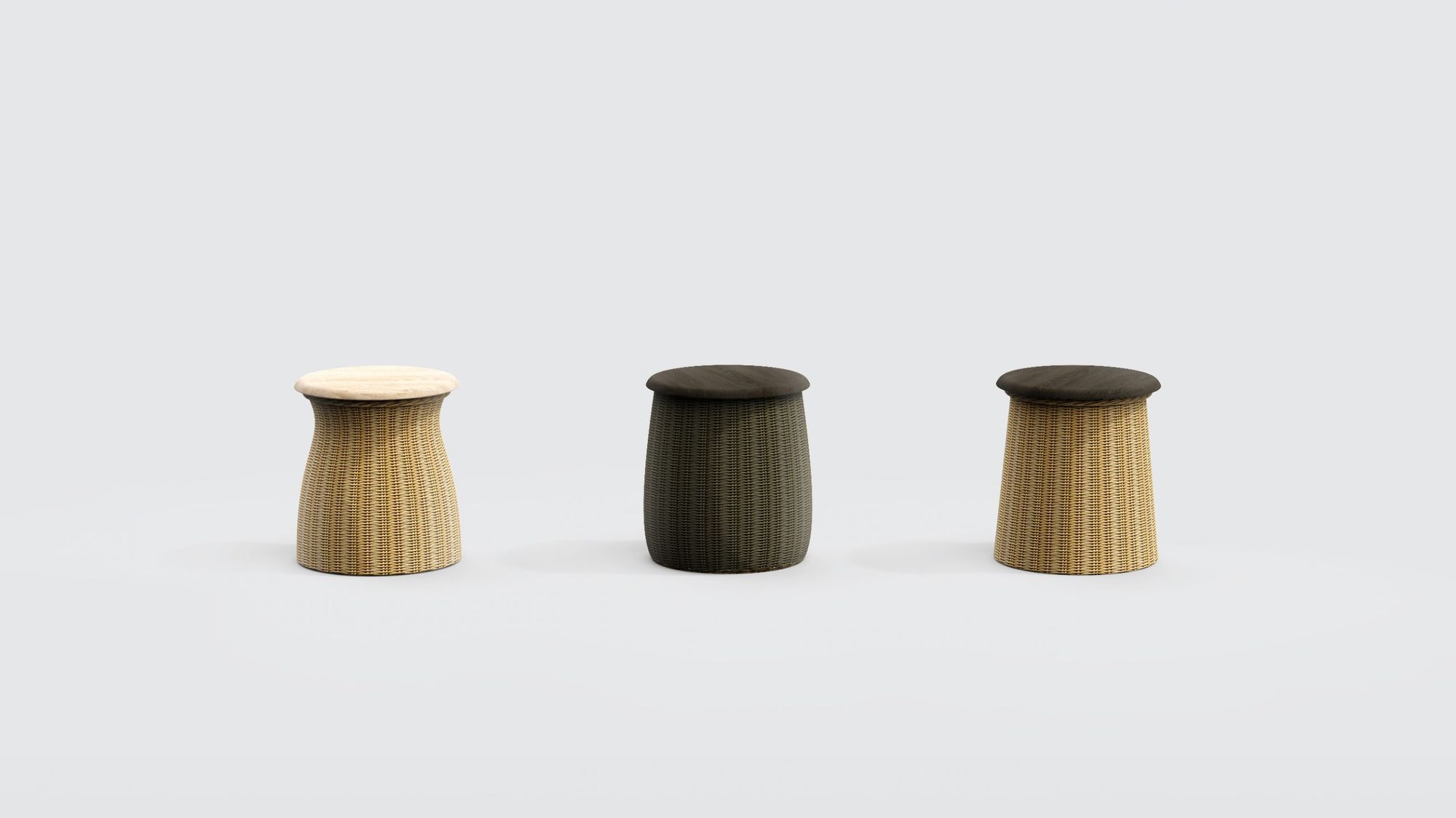
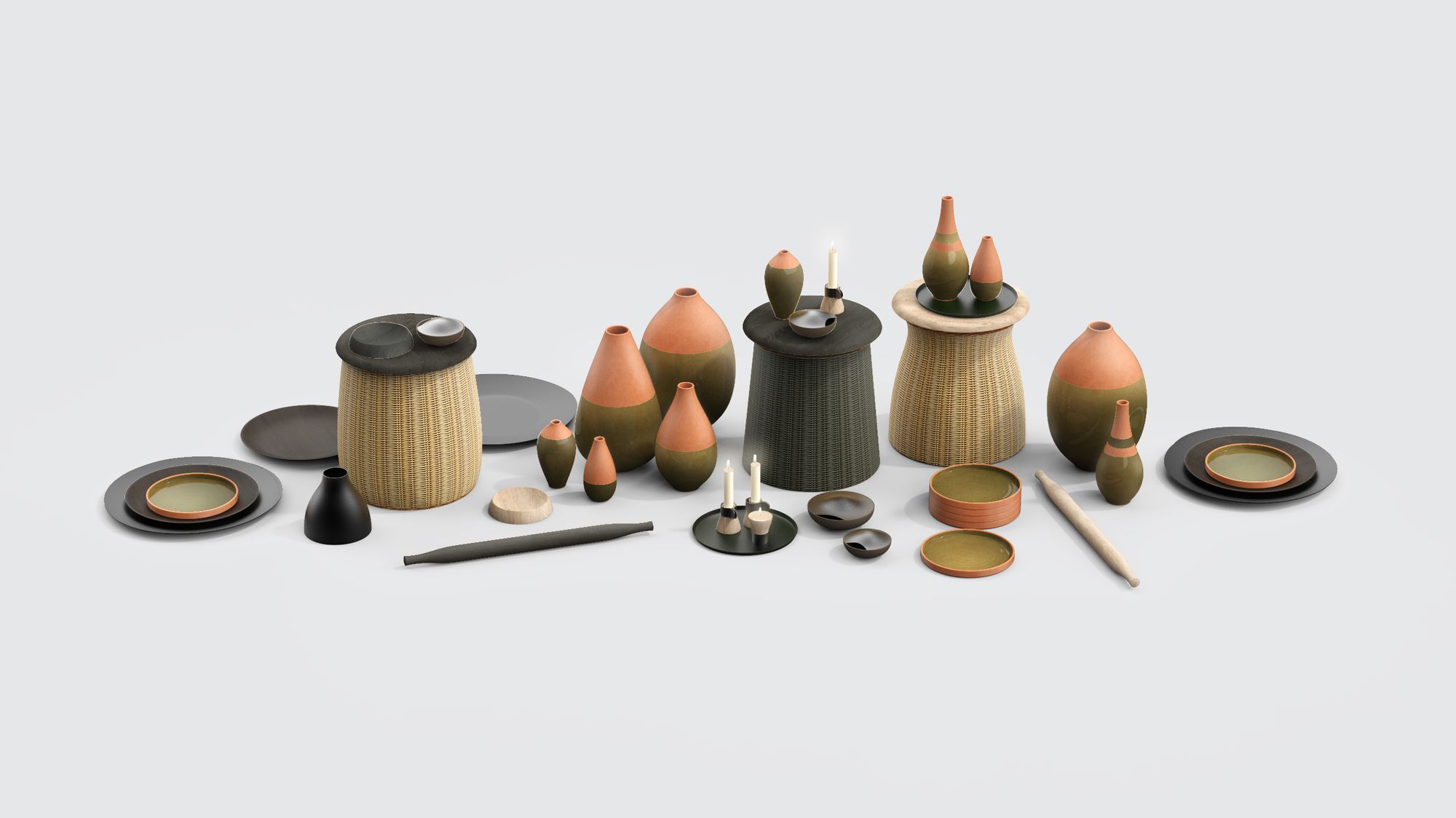
Bálint Szalai | Issuu
Enikő Horák – MINT/A BUDAPEST – MOTIFICATIONS!
(Budapest Metropolitan University)
In the course of the town merger in 1950, several cities of county rights and villages were attached to Budapest, and thus formed the well-known city scape of our capital. Each of them gave something to the final form of the city with their unique characters, while their specific geographical location, their buildings and their former industrial activities still determine their individual stories today. Enikő Horák assigned pictograms to these attributes, the 9 unit of which form a settlement motif together. The motifs do not strive to be emblematic, the designer rather placed the emphasis on historical references and thinking in a unified sign system. When put together, these settlement motifs form a large pattern, encompassing all of its components as Budapest does with the districts formerly operating as independent settlements.
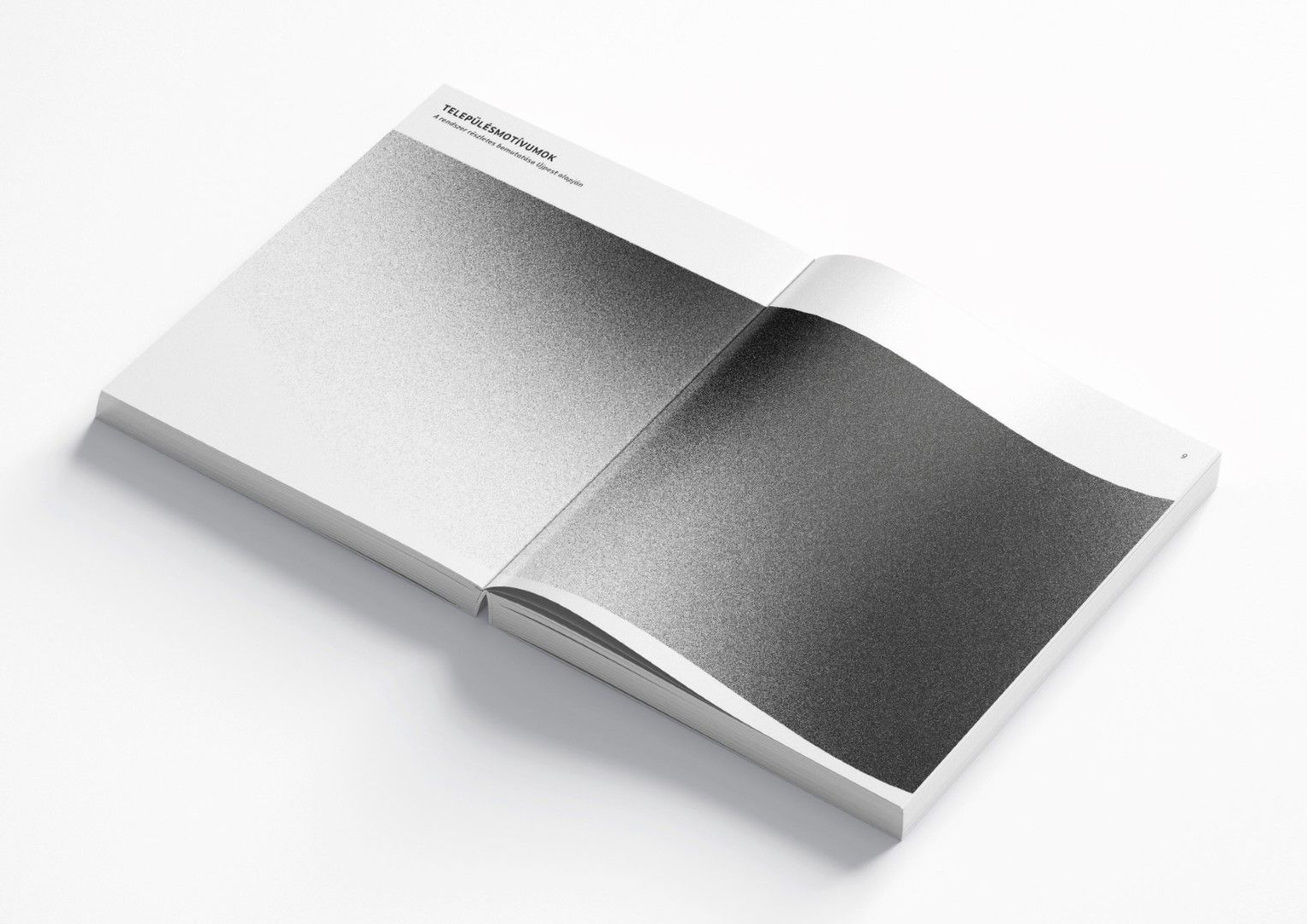
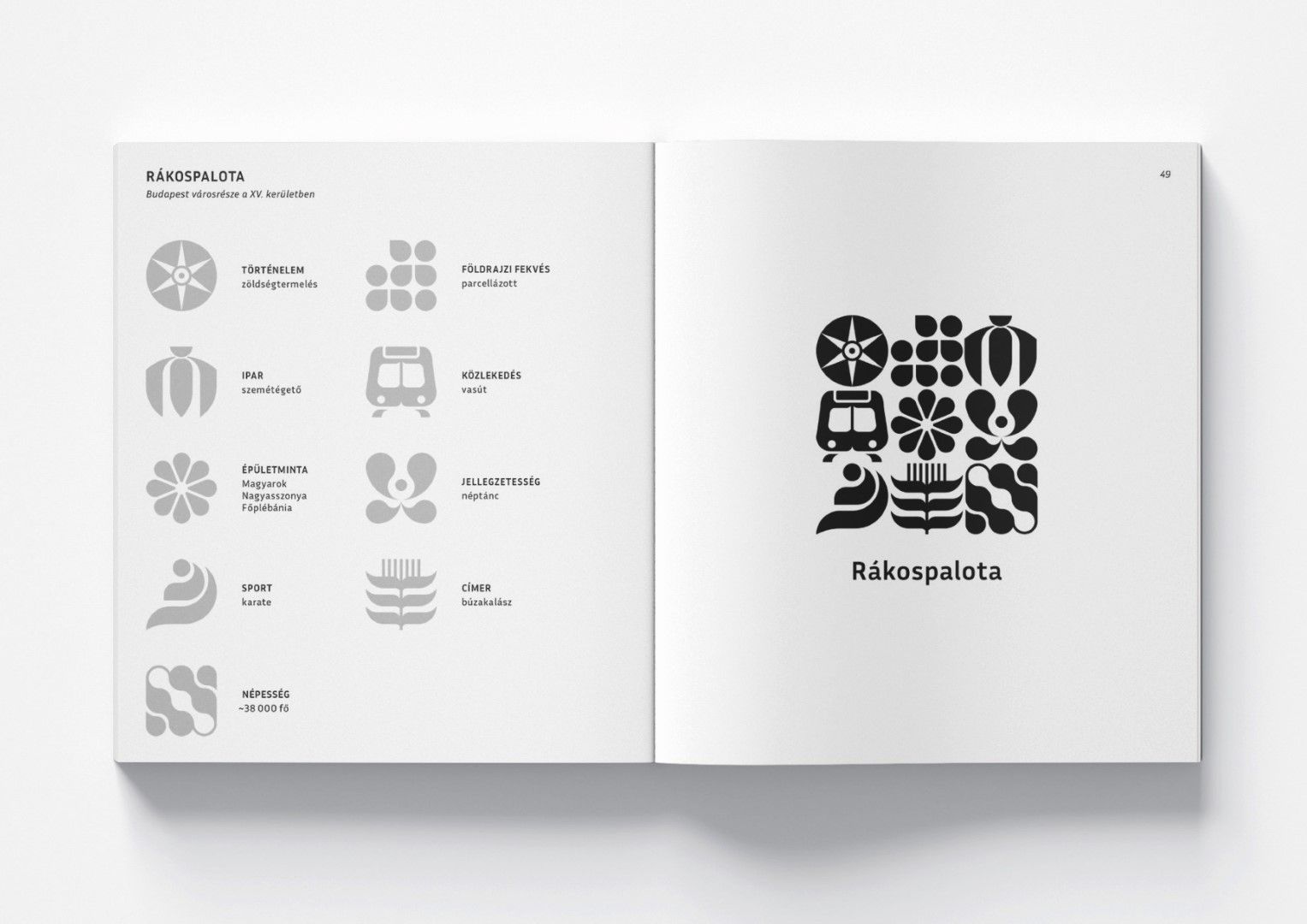
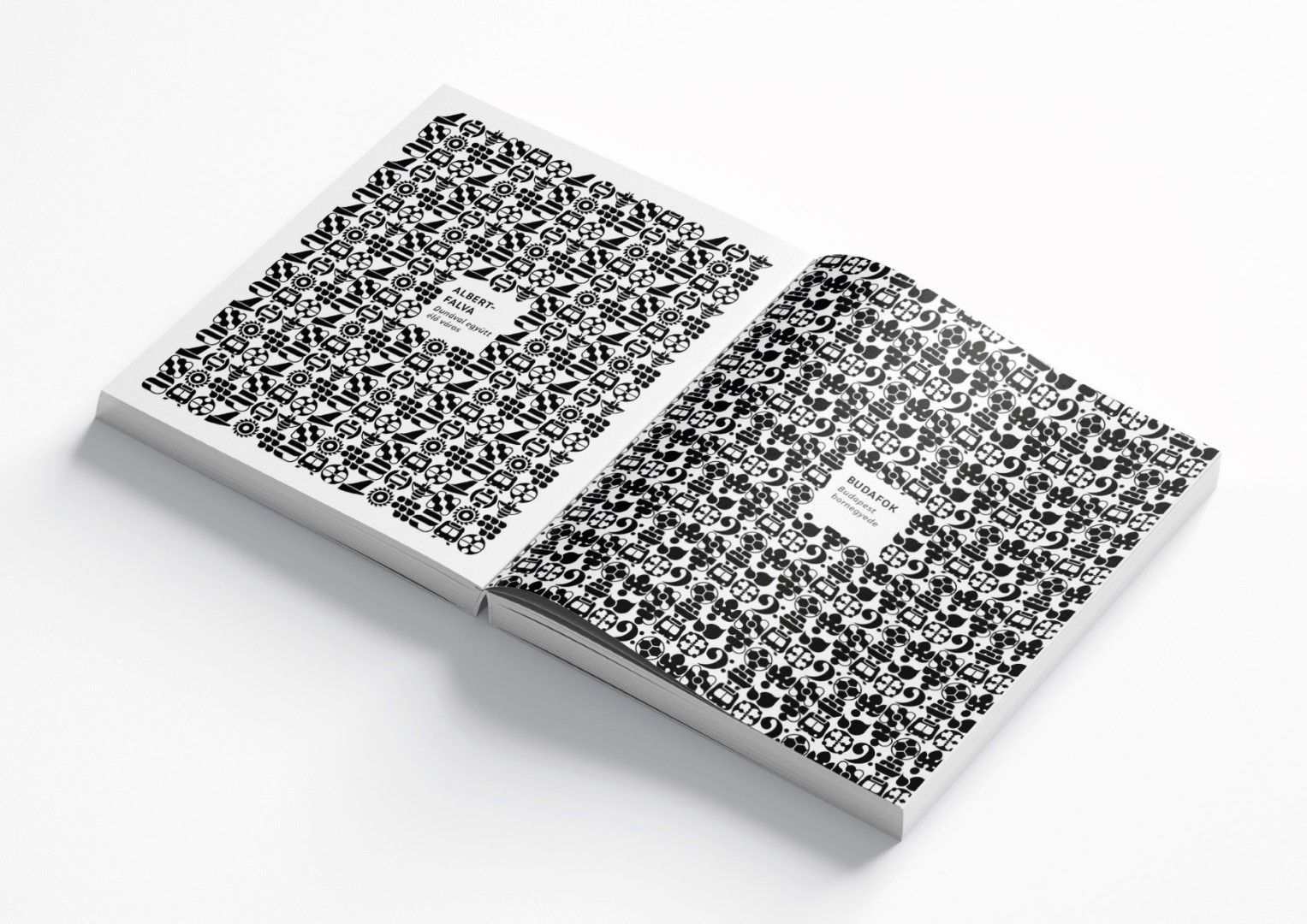


Enikő Horák | Instagram | Behance
Emese Panna Kószó – DRESS CODE / Dress for a melody
(Moholy-Nagy University of Art and Design)
How do sounds look like? Isaac Newton already tried to answer this question back in 1704, and with the development of digital technology, we can propose more and more creative answers today. At first sight, Emese Panna Kószó’s spectacular clothing items do not reveal that the basis of their concept was given by folk songs. In her collection Dress Code – Dress for a melody, not leaving Newton’s theories out of consideration of course, she attempted to visualize six folk songs, by using one of the most well-known sign systems: sheet music. Joining the first 4-6 rhythms of the songs results in unique waves, which the designer applied in the designs of the elements, and also considered the length of the verses and repetitions. The attires come with unique QR codes, and by scanning the codes, we can listen to the corresponding songs. The cultural value represented by the clothes may form an even stronger bond in the wearer.


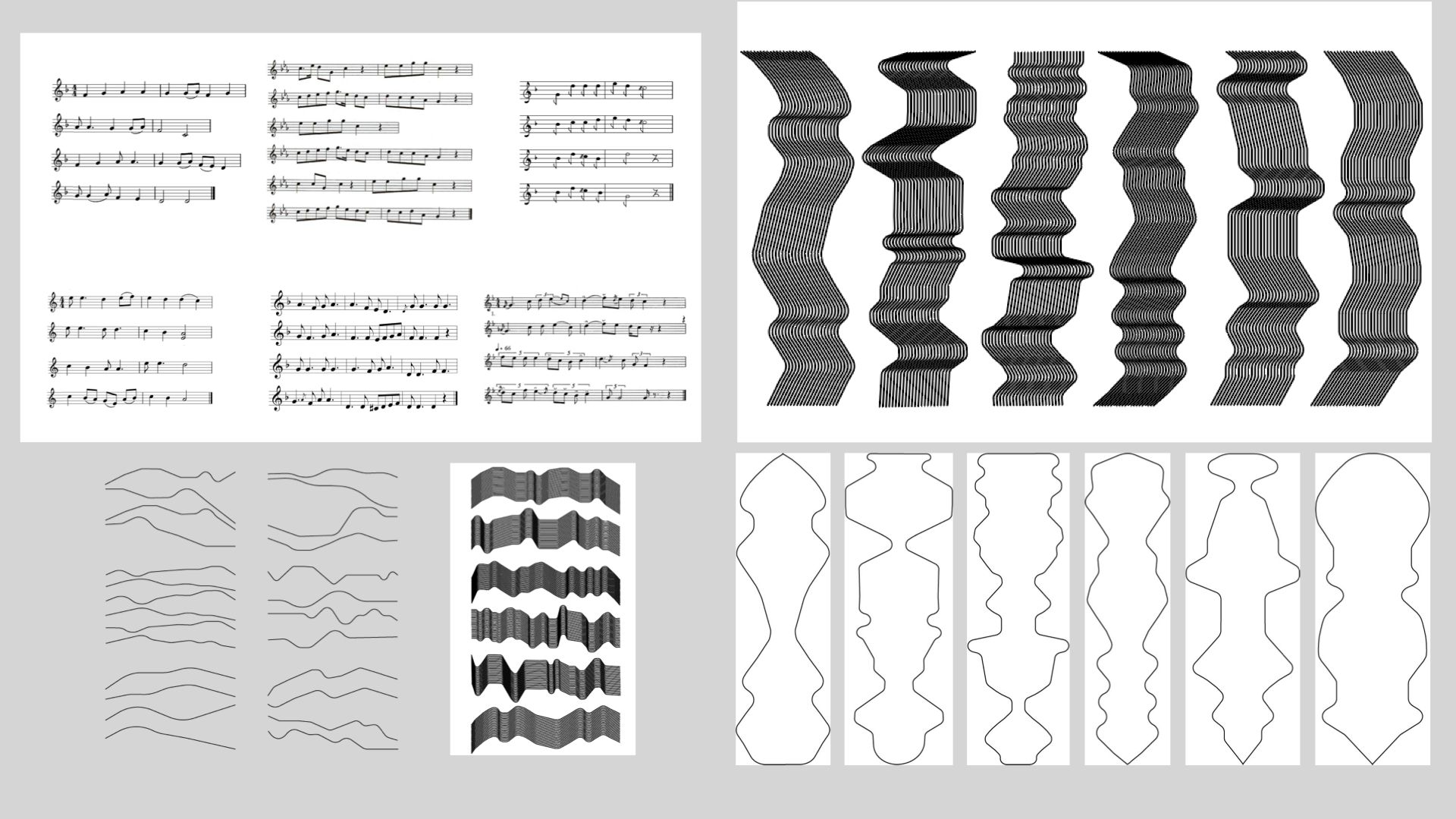
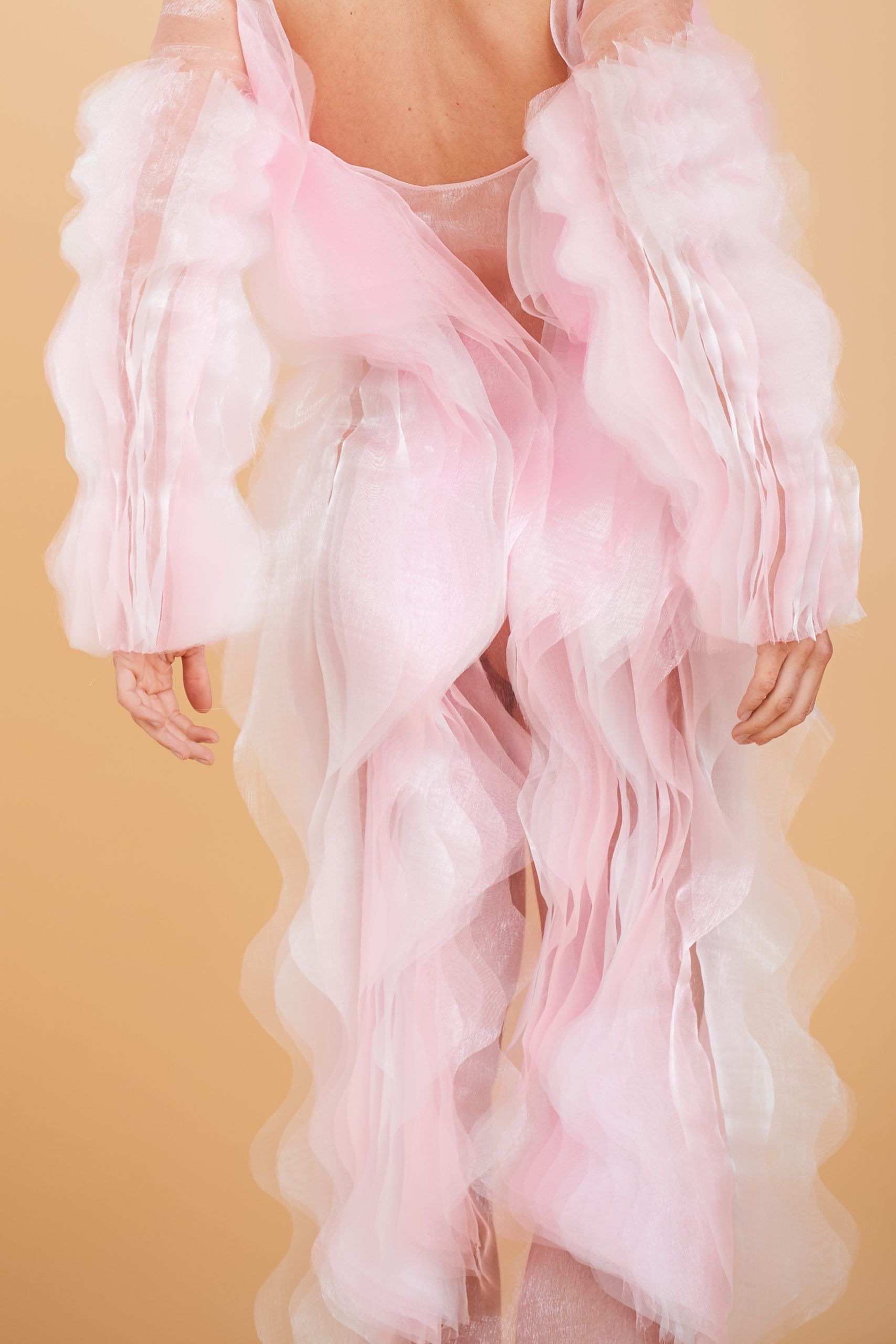
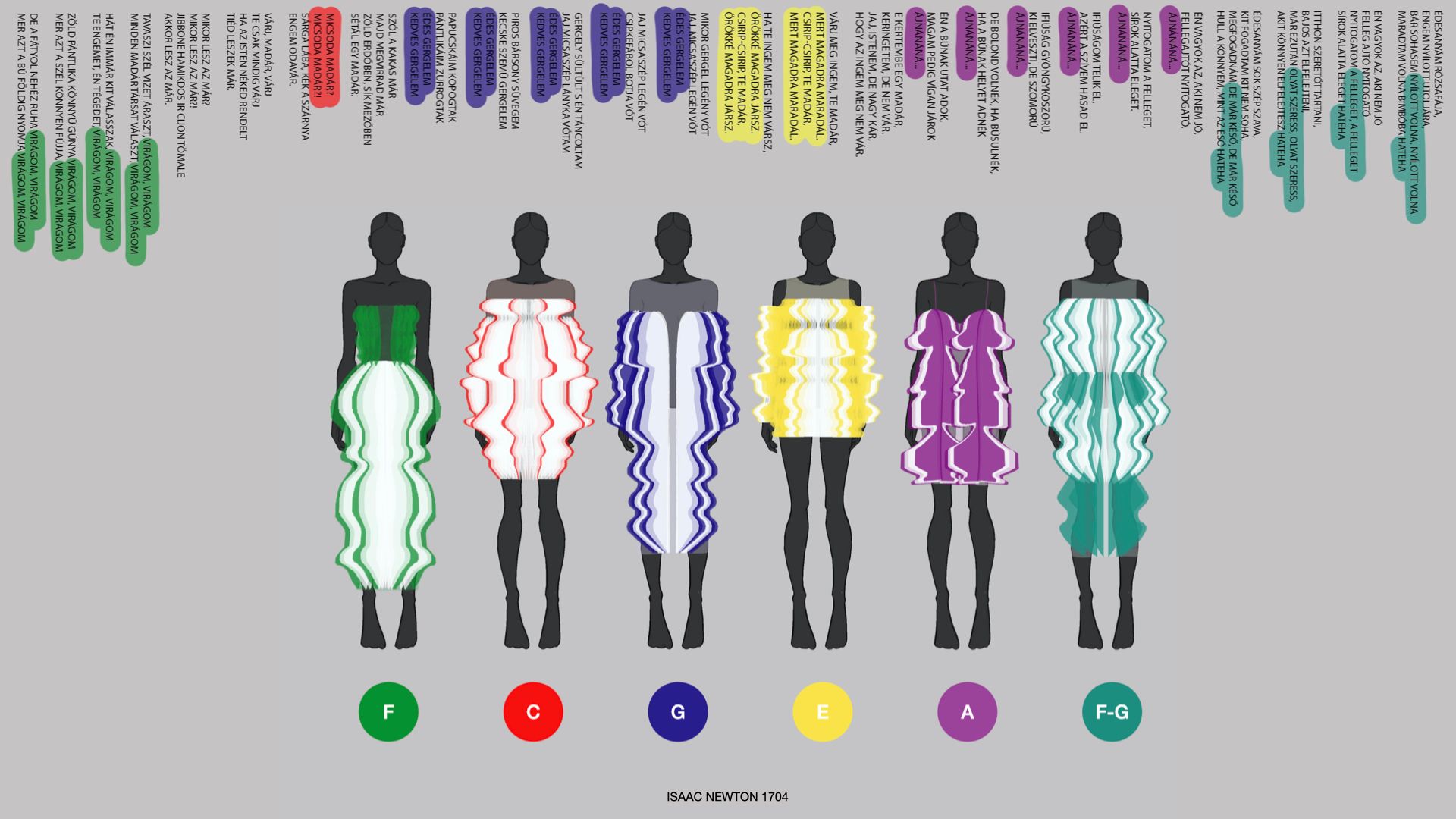

Emese Panna Kószó | Instagram | Behance
Benedek Kristóf Kiss – INDESTRUCTIBLE BOOK
(Moholy-Nagy University of Art and Design)
László Borbély’s novel, A tenger hősei (Heroes of Sea) became a victim of censorship in 1945. Benedek Kristóf Kiss started to focus on Socialism and censorship in Hungary and to give a modern form to his family heritage reflecting the history of the artwork on the apropos of the book of his great grandfather. The redesigned version of the book was renewed from two aspects – on the one hand, it got a cover and straps made of foamed aluminum panel, this way enhancing the protective function of the cover, and the inside of the thus “indestructible” book was also refreshed. The setting of the text and the new illustrations make the content of the book, the story about commerce and marine life visually exciting. The book boldly separates the events taking place on the mainland and on water, illustrated by different colors and typesetting, and a geographical coordinate also runs through the book, indicating the location of the protagonist.

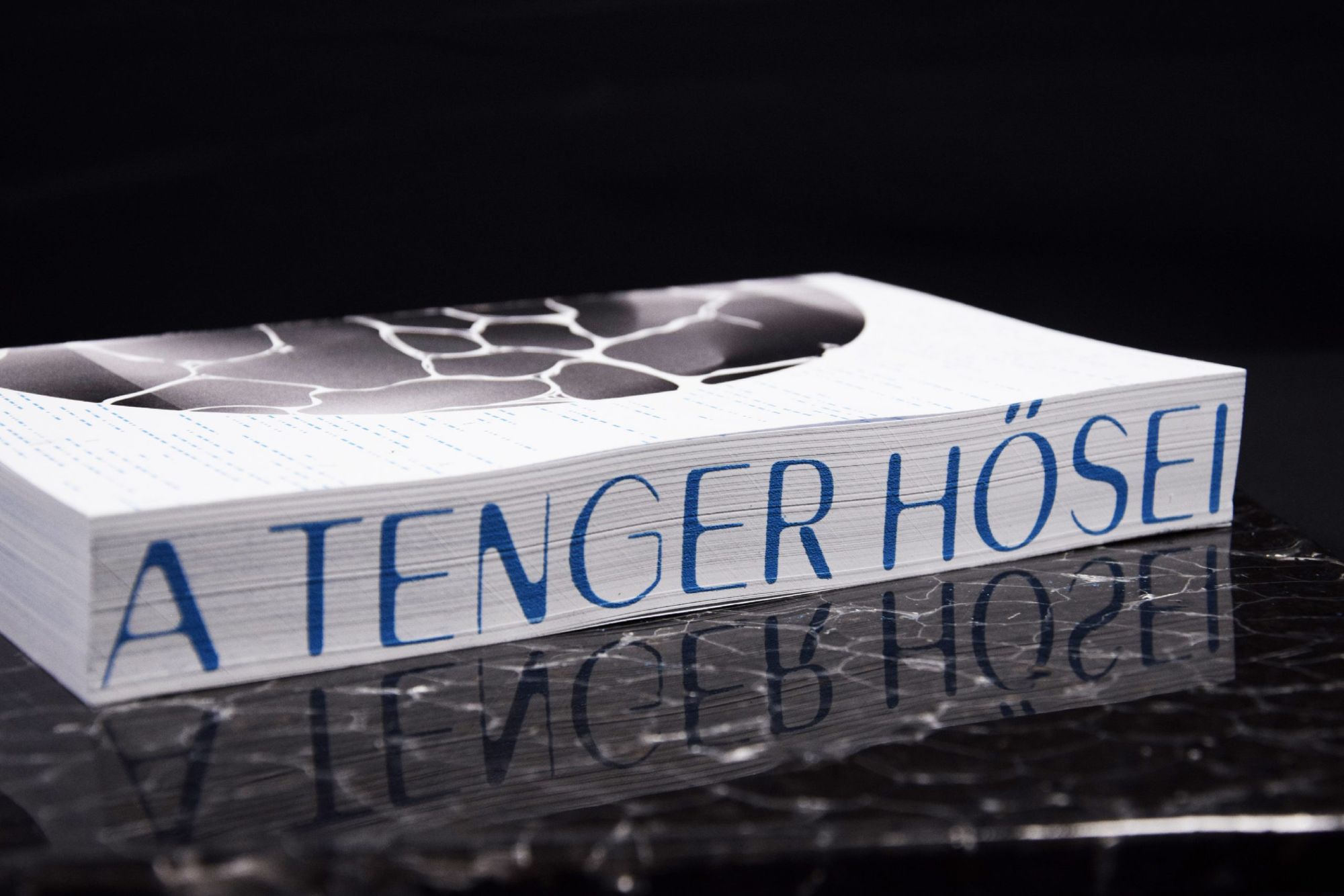
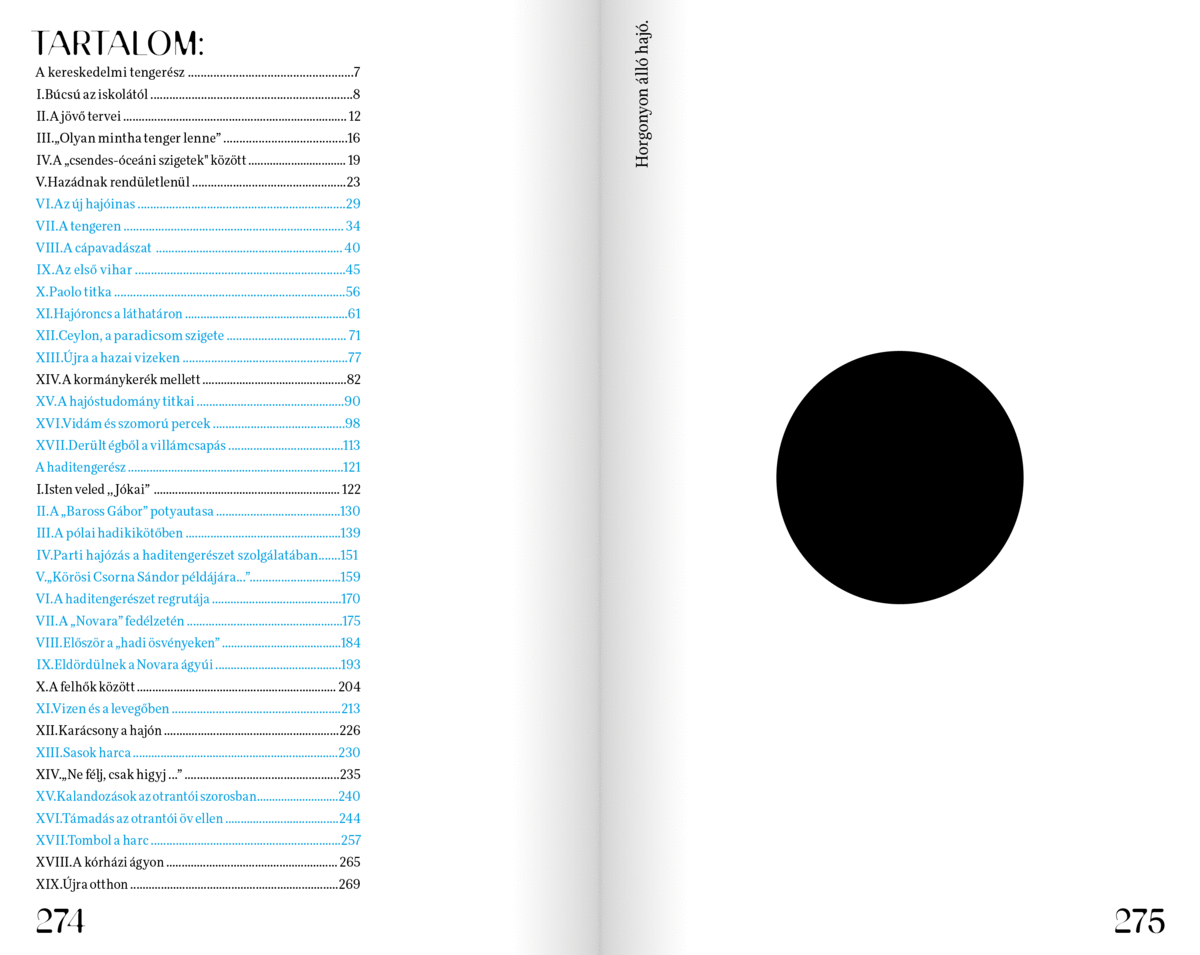
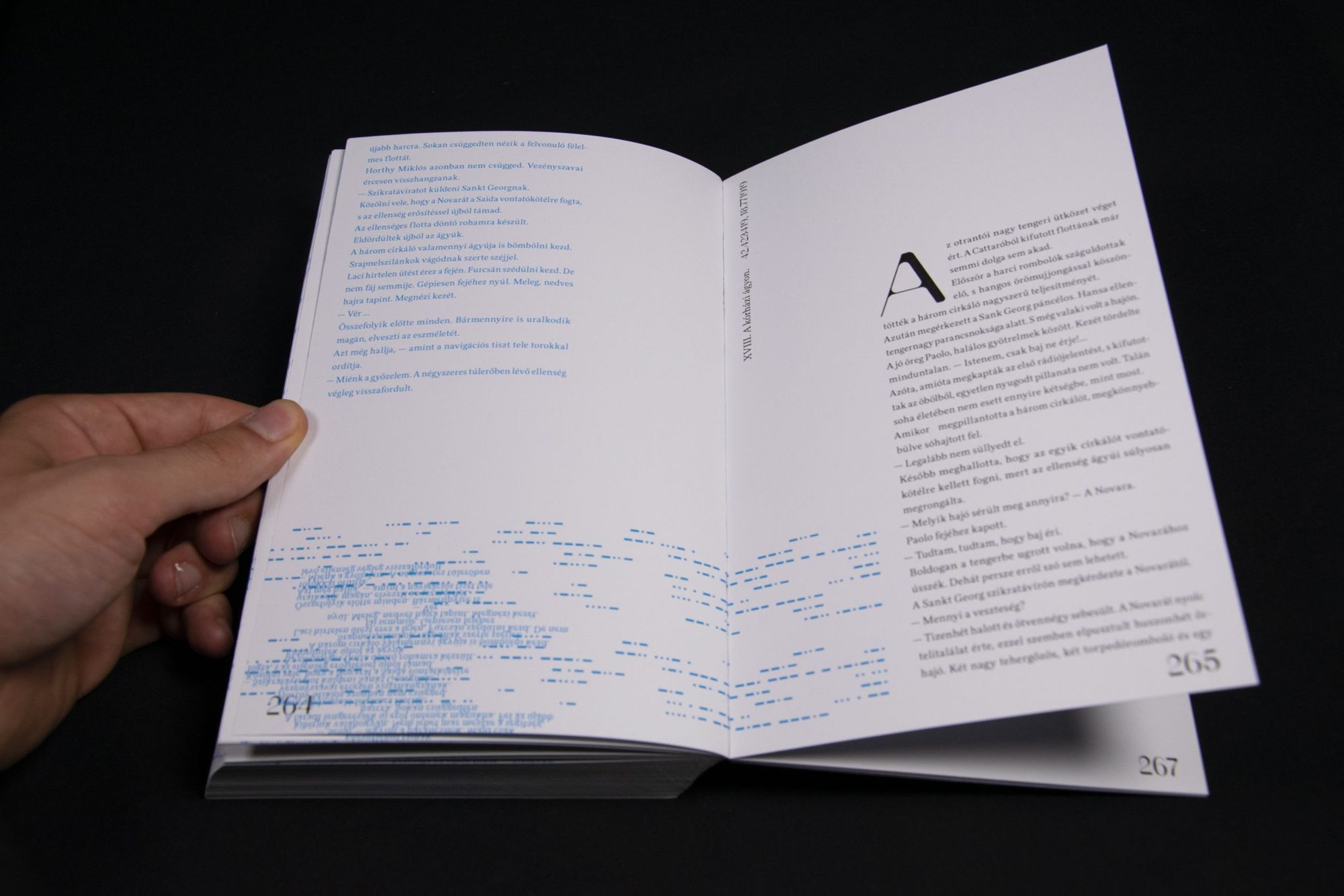

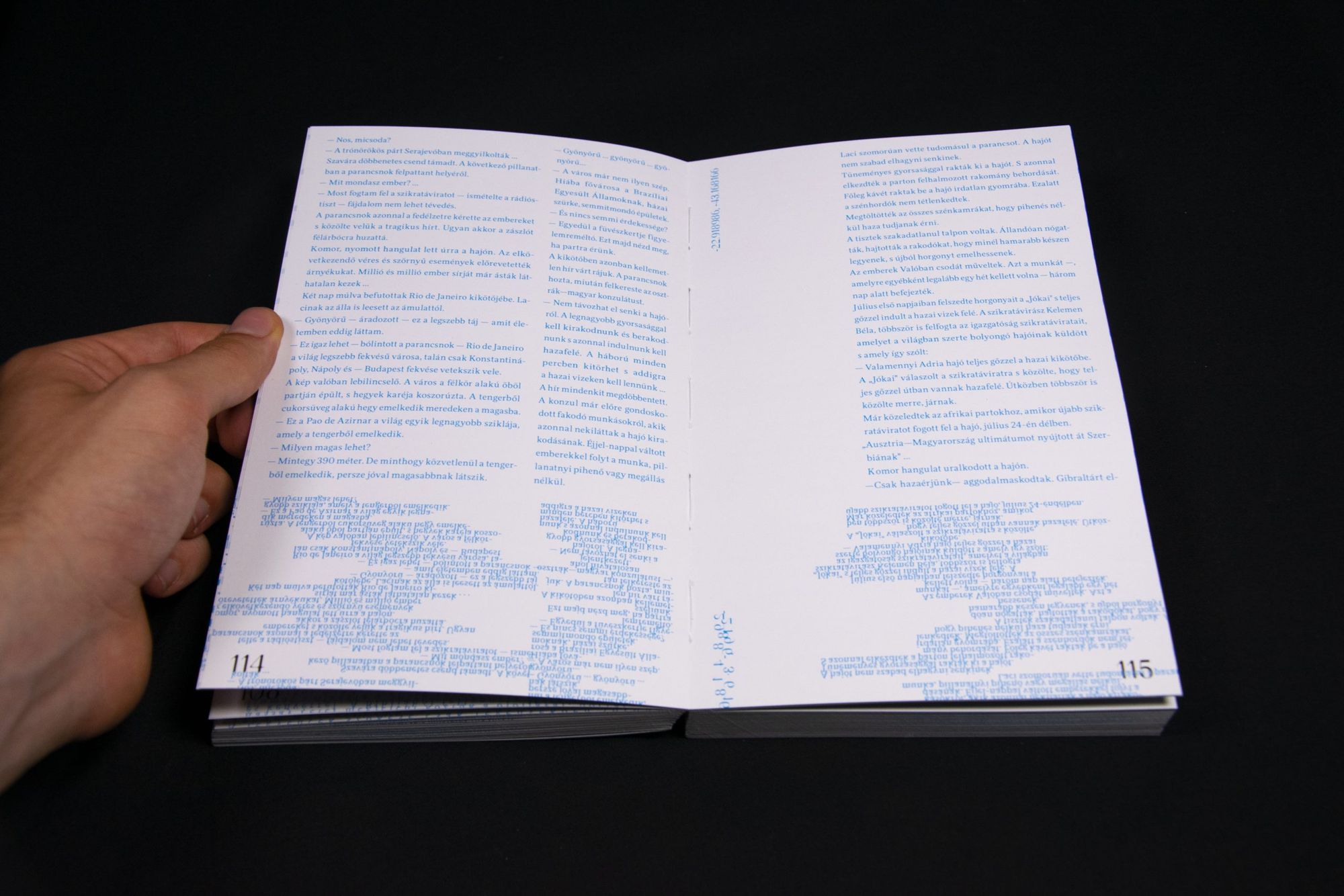
Benedek Kristóf Kiss | Instagram

Architects leading the way | Pyxis Nautica interview
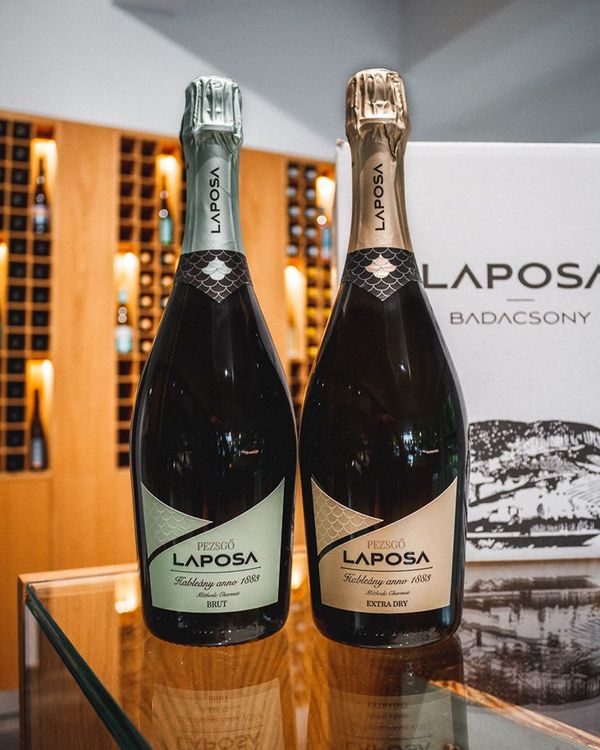
Laposa debuts a champagne guide










